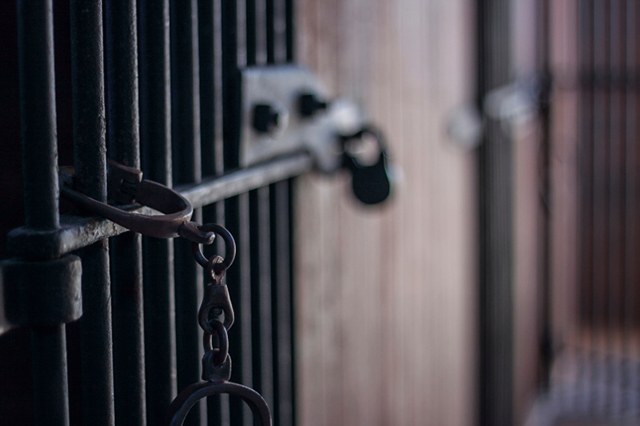If a teenager spends a year in jail for dealing drugs, it is in nobody’s interest for that sentence to become a life sentence to poverty.
Despite that, if you commit a crime your chances of rising up the economic ladder are slim. According to Pew, incarceration causes, “lifelong damage to the ability of former inmates, their families and their children to earn a living wage, move up the income ladder and pursue the American Dream.”However, a RAND Corporation study released last month suggests a possible solution to the economic immobility of inmates: correctional education programs.
Correctional education for those incarcerated may include programs such as GED test preparation, ESL classes, vocational skills training, and even college courses. RAND found that correctional education helps inmates pursue meaningful careers after they leave prison and reduce recidivism. When analyzing the effect of correctional education, RAND compared incarcerated individuals who participated in such programs with those who did not and found, “the odds of recidivating among treatment group members are 43 percent lower than the odds of recidivating among comparison group members.” Nationally, this translates into about a 13 percent overall reduction in recidivism, that is, returning to jail. Similarly, “the odds of obtaining employment post-release among inmates receiving correctional education are 13 percent higher than the odds of obtaining employment post release among inmates not receiving correctional education.”
RAND also found that correctional education programs save a lot of money for taxpayers. For the programs to be cost effective, the researchers determined that correctional education needed to produce a 2.6 percentage point reduction in the risk of incarceration point to break even. The RAND study found a 13 percentage point reduction.
For economic reasons, we should be concerned about a system that creates a largely immobile portion of society. If an inmate spends his entire sentence essentially stagnant—gaining no work training or education, only earning his name on an employment blacklist, he or she hurts the economy and has little hope for future economic security. In fact, of the 700,000 individuals annually released from prison, 40 percent are reincarcerated within three years. This cycle of immobility plagues former inmates all across the country and creates an entire sector of society that is either dependent on welfare due to unemployment or costs the government tens of thousands of dollars to reincarcerate.
Correctional education is worth serious policy consideration. Already prisons across the country are adopting education and vocational training programs with little cost and yet high gain. While many states offer basic adult education for inmates, participation in such programs is low due to lack of awareness or encouragement. If we’re going to help each and every American rise economically, that needs to change.































